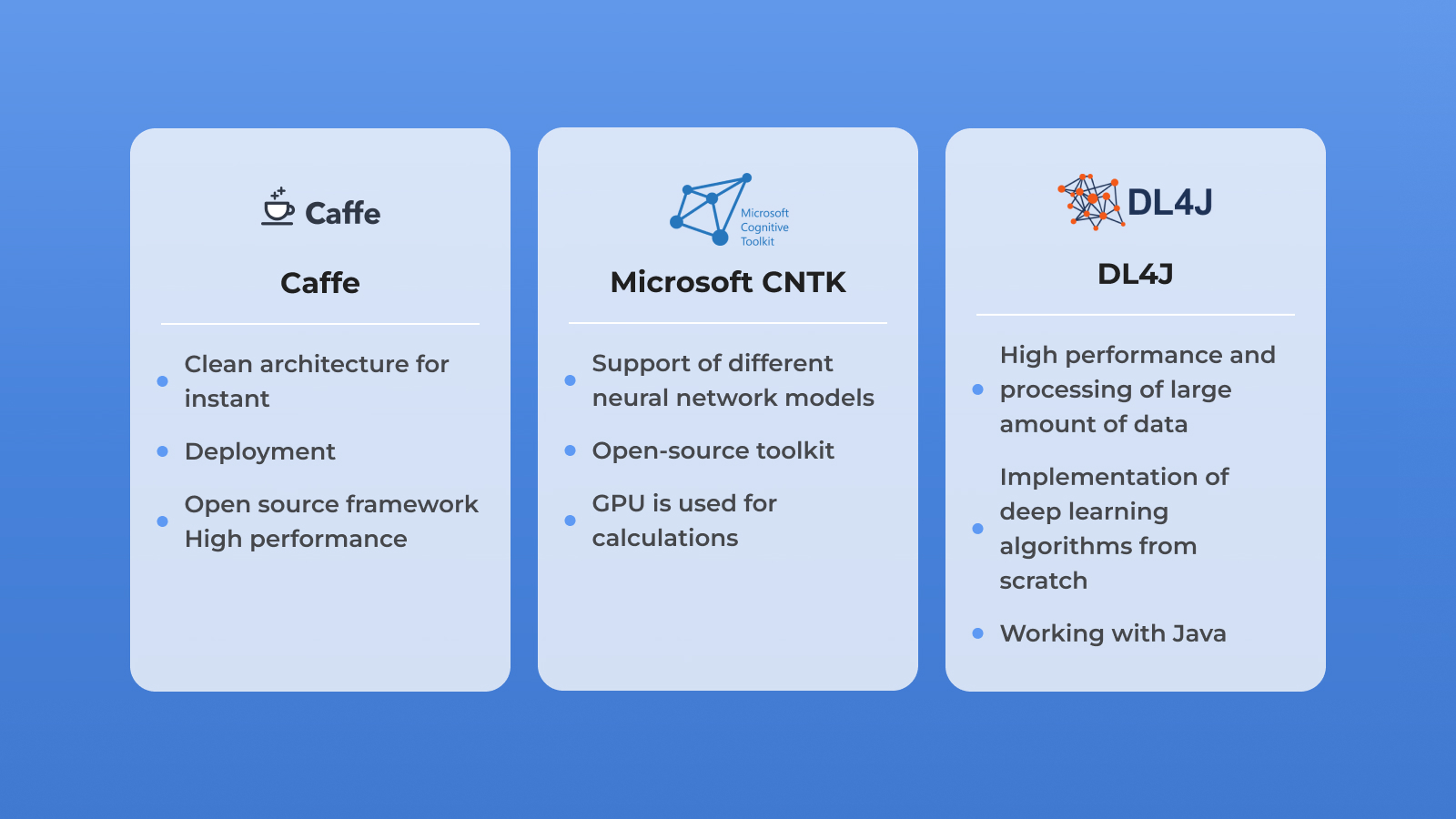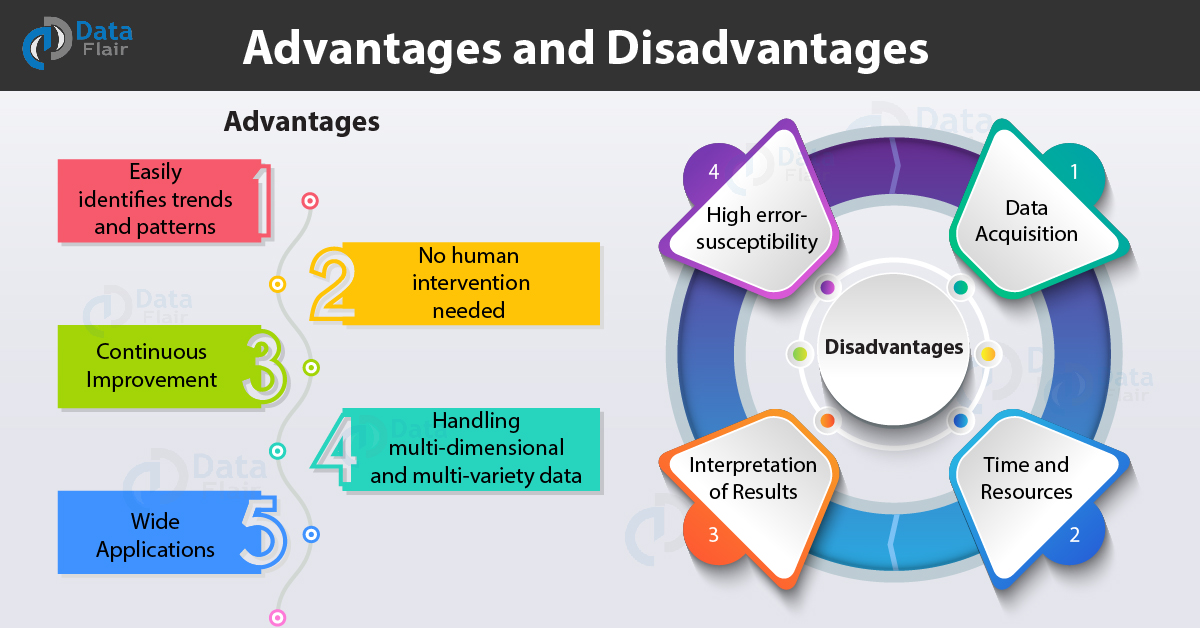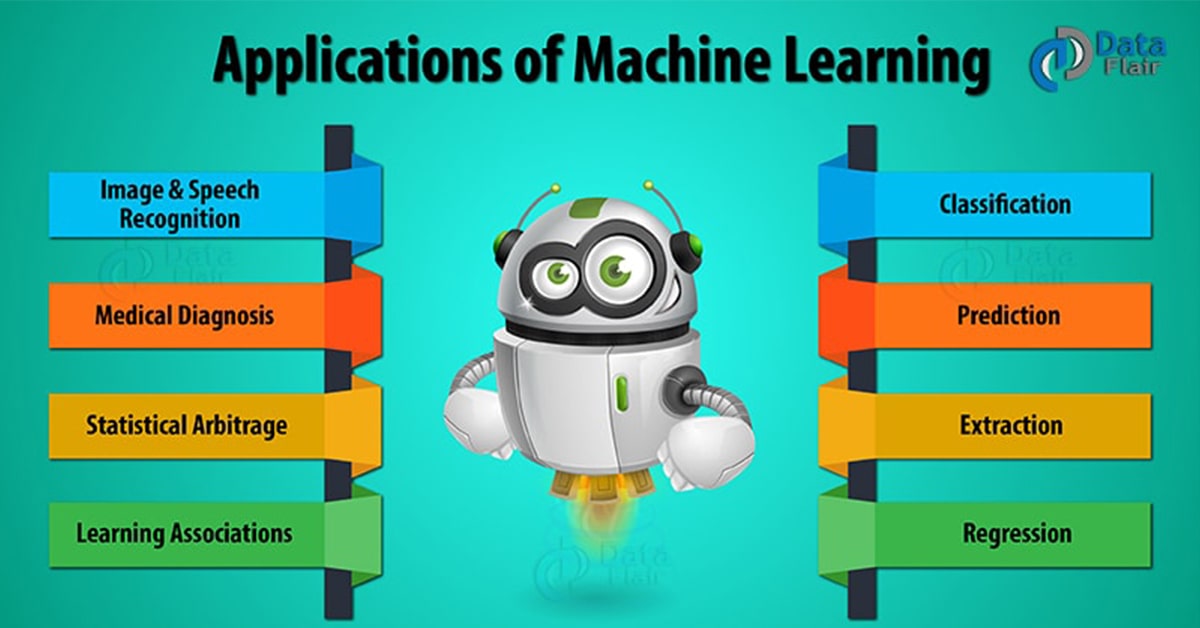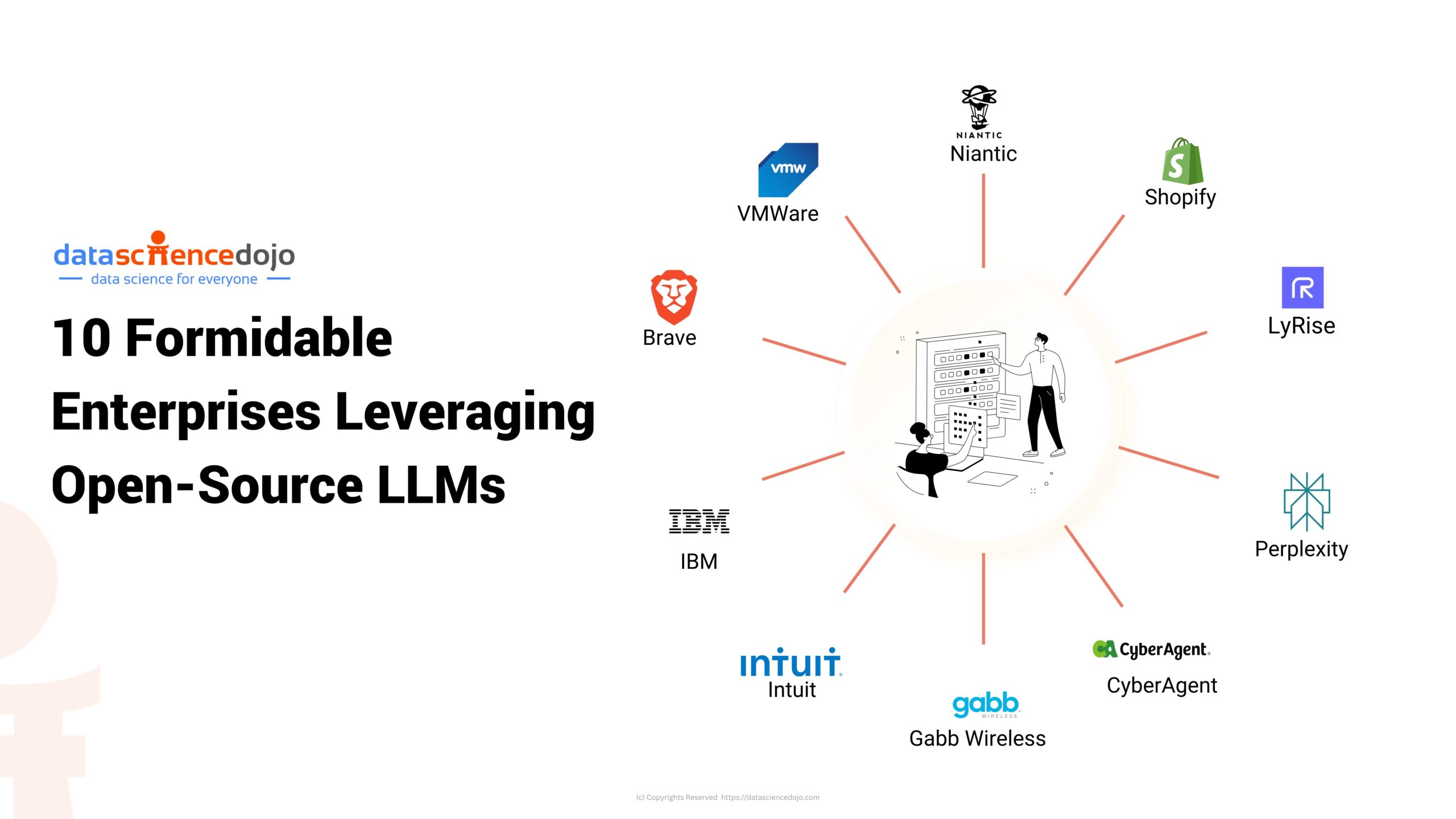
Introduction
Defining Open Source Machine Learning Libraries
Open source machine learning libraries are collections of algorithms and tools that anyone can access, modify, and distribute. These libraries, like TensorFlow, PyTorch, and Scikit-learn, provide a rich resource for both newcomers and experienced data scientists.
- Accessibility: Users can leverage a vast array of algorithms ranging from basic regression models to complex neural networks.
- Flexibility: The ability to modify the source code allows users to customize solutions according to their specific project needs.
Significance of Open Source in Machine Learning
The importance of open source in machine learning cannot be overstated. It fosters collaboration and innovation within the tech community, creating a space for knowledge exchange. Personally, I’ve seen teams work together seamlessly by utilizing open source libraries, drastically reducing development time while enhancing results.
Key benefits include:
- Cost Savings: Many organizations save on licensing fees, enabling them to allocate resources elsewhere.
- Diverse Community Input: This leads to more robust and well-tested libraries, offering continuous improvements and updates.
In essence, open-source libraries are pivotal in propelling machine learning forward, making advanced technology accessible to all.

Advantages of Open Source Machine Learning Libraries
Accessibility to a Wide Range of Algorithms
One of the standout benefits of open source machine learning libraries is the accessibility they provide to a diverse array of algorithms. Whether you’re working on a classic regression analysis or a cutting-edge deep learning project, there’s likely a library that has what you need. For instance, when I first started experimenting with machine learning, I found Scikit-learn to be an invaluable resource—its simplicity and breadth of algorithms made it easy to get started.
Community Support and Continuous Development
Another significant advantage is the robust community surrounding these libraries. Developers and data scientists contribute to discussions, share knowledge, and even troubleshoot problems.
- Forums and Documentation: Most open source libraries offer comprehensive documentation and forums that foster a collaborative environment.
- Regular Updates: Continuous development ensures that libraries evolve to meet the demands of modern machine learning challenges.
Cost-Effectiveness and Flexibility
Cost is a major factor for many organizations, and open source libraries shine in this area. They eliminate the need for expensive licensing fees, making advanced tools accessible to startups and established companies alike. This cost-effectiveness allows teams to focus their budgets on data acquisition and talent rather than software.
Easy Integration with Existing Tools and Systems
Lastly, open source libraries are designed for easy integration with a variety of platforms. This flexibility allows developers to seamlessly incorporate machine learning capabilities into their existing workflows.
- Compatibility: Many libraries can work with data from databases, cloud services, and existing software applications.
- Interoperability: For example, integrating TensorFlow with Keras can enhance the modeling experience while maintaining performance.
In summary, the advantages of using open source machine learning libraries are numerous and compelling, empowering users to push boundaries in AI development.

Performance and Scalability Benefits
Optimization for Large Datasets
As data continues to grow exponentially, the ability of open source machine learning libraries to handle large datasets becomes paramount. Libraries like Apache Spark and Dask have optimized algorithms specifically designed for big data. Personally, I have managed projects where datasets reached millions of entries, and the performance enhancements offered by these libraries were impressive.
- In-Memory Processing: This approach minimizes the speed obstacles usually associated with disk I/O, allowing for real-time data analysis.
- Cluster Computing: Some libraries enable distributed computing, spreading tasks across multiple nodes to accelerate processing times.
Scalability for Handling Complex Machine Learning Tasks
Another significant benefit is scalability. Open source libraries can grow seamlessly with an organization’s needs, handling everything from simple models to sophisticated neural networks.
- Dynamic Sizing: The ability to adjust resource allocation based on project demands prevents resource waste.
- Cloud Compatibility: Many libraries integrate well with cloud platforms, allowing for virtually unlimited scalability.
Performance Benchmarks and Comparisons
Performance benchmarks provide insights into how different libraries stack up against each other. Researching comparative studies can help teams choose the most appropriate tools.
- Real-World Testing: Those familiar with multiple frameworks find that consistent testing on varied tasks helps highlight strengths and weaknesses.
- Community Feedback: Utilizing community forums for performance insights can accelerate decision-making.
In conclusion, the performance and scalability benefits of open source machine learning libraries not only optimize data handling but also empower teams to tackle complex challenges efficiently.
Customization and Adaptability
Ability to Tailor Algorithms to Specific Needs
One of the most appealing aspects of open source machine learning libraries is the ability to tailor algorithms to meet specific project needs. Every dataset has its quirks, and having the ability to customize algorithms can significantly enhance performance. For example, I worked on a project where the standard model simply wouldn’t cut it, so I adjusted the algorithm’s parameters to better fit the data distribution.
- Custom Functions: Many libraries allow the incorporation of user-defined functions, which can be a game-changer for unique applications.
- Specialized Learning Techniques: You can implement specific learning techniques or adjustments, whether you need a unique cost function or advanced feature extraction.
Flexibility in Modifying Source Code
Flexibility is another core advantage. Access to the source code means you can explore, modify, and enhance library functionalities without waiting for official updates.
- Experiment with New Ideas: If you have a novel approach, you can implement it directly rather than relying on predefined functionalities.
- Immediate Adjustments: Bugs or inefficiencies can be addressed promptly, enhancing productivity.
Enhanced Model Interpretability
Lastly, open source libraries often facilitate better model interpretability. Understanding how your model arrives at decisions is crucial, especially in industries like healthcare and finance.
- Visualization Tools: Many libraries integrate with visualization tools, making it easier to understand complex interactions.
- Custom Reporting: The ability to generate tailored reports and metrics means stakeholders can gain valuable insights into model performance.
In summary, the customization and adaptability offered by open source machine learning libraries empower data scientists to create solutions that resonate with specific needs while enhancing interpretability for all stakeholders involved.
Collaboration and Knowledge Sharing
Collaboration Opportunities with Peers and Experts
When it comes to open source machine learning libraries, one of the biggest draws is the vast collaboration opportunities they create. For many data scientists, including myself, engaging with peers and experts in the community has led to invaluable learning experiences.
- Networking: Attending meetups or online forums can forge connections with professionals who share similar interests.
- Joint Projects: Collaborating on projects can lead to innovative solutions and provides insights into different methodologies.
Contribution to and Learning from Open Source Community
Being part of the open-source community means more than just using existing libraries; it’s about contributing to them and learning through shared experiences.
- Submitting Code: Many open source projects welcome contributions, allowing you to implement new features or fix bugs.
- Learning from Pull Requests: Reviewing others’ submissions provides a unique opportunity to understand different coding approaches.
Access to Shared Resources and Best Practices
Additionally, open source platforms provide access to a wealth of shared resources and best practices.
- Documentation and Tutorials: Coordinated community efforts produce informative guides that can significantly accelerate your learning curve.
- Code Repositories: Access to numerous open-source code repositories means you can review, reuse, and modify existing tools for your projects.
In essence, the collaborative atmosphere fostered by open source machine learning libraries not only enriches individual learning but also enhances the overall quality and robustness of the projects being developed.

Case Studies and Real-World Applications
Examples of Successful Implementation of Open Source ML Libraries
Open source machine learning libraries have proven their worth across numerous industries. A notable example is Spotify, which uses TensorFlow for its recommendation systems. The library allows them to personalize user experiences based on listening habits, significantly boosting user engagement.
- Airbnb has employed Scikit-learn for price prediction models, optimizing their pricing strategy and increasing revenue.
- Zalando, a fashion retailer, leverages PyTorch for image recognition to enhance customer shopping experiences.
Impact on Industries and Businesses
The impact of these libraries on various sectors cannot be understated. In healthcare, for instance, OpenMRS utilizes machine learning models to predict patient outcomes, revolutionizing care delivery.
- Cost Efficiency: Companies save on licensing fees while gaining cutting-edge technology.
- Innovation: Open source fosters innovation, allowing businesses to adopt advanced solutions without being hindered by proprietary restrictions.
Lessons Learned and Insights Gained
Through these implementations, organizations can glean valuable insights:
- Rapid Prototyping: Open source libraries enable swift experimentation, allowing teams to iterate quickly.
- Community Engagement: Engaging with the community leads to shared knowledge and helps refine projects through collective feedback.
In conclusion, real-world applications of open source machine learning libraries showcase their incredible potential while providing key lessons for continued growth in various industries.

Potential Challenges and Mitigation Strategies
Addressing Security and Privacy Concerns
While the advantages of open source machine learning libraries are vast, organizations must also confront potential challenges, especially regarding security and privacy. Using publicly available code can sometimes expose sensitive data or introduce vulnerabilities into systems.
- Regular Audits: Conducting thorough code audits can help identify potential risks in dependencies.
- Data Anonymization: Implementing robust data anonymization techniques ensures that personal information remains protected.
Managing Compatibility Issues
Compatibility issues often arise when integrating open source libraries with existing systems. I have experienced this firsthand while attempting to incorporate a new machine learning library in a legacy codebase.
- Thorough Documentation: Always refer to the documentation to understand compatibility ranges of various versions.
- Testing Sandboxes: Set up a test environment before implementing updates to gauge how new libraries interact with existing systems.
Ensuring Quality Control and Maintenance
The lack of centralized maintenance can pose challenges for the long-term use of open source libraries. Without proper oversight, libraries may become obsolete or poorly maintained.
- Community Engagement: Actively engaging with the community can help signal a library’s current status and support future enhancements.
- Adopting Standards: Following coding and testing standards promotes quality across the board.
In summary, while open source libraries present unique challenges, there are effective strategies to mitigate these issues, ensuring a smooth integration and high-performance outcomes.

Future Trends and Innovations
Evolution of Open Source ML Libraries
As technology continues to advance, we witness a remarkable evolution of open source machine learning libraries. The landscape is changing rapidly, with increased emphasis on modularity and user-friendliness. I remember when I first started using these libraries, documentation was often sparse; thankfully, this is becoming less of an issue thanks to community-driven improvements.
- Reduced Learning Curve: Libraries are now more accessible, making it easier for both novices and professionals to integrate machine learning into their projects.
- Interoperability: As libraries evolve, the focus is shifting to enhancing interoperability among tools, ensuring a cohesive development environment.
Emerging Technologies and Tools
New technologies like AutoML and federated learning are gaining traction. AutoML, for example, automates the model selection and tuning process, allowing practitioners to focus on more strategic aspects of their projects.
- Customizable Solutions: Tools that allow users to customize their machine learning pipelines are increasingly popular.
- Real-Time Analytics: The integration of streaming data processing capabilities is also on the rise, enabling real-time decision-making.
Possibilities for Advancement and Growth
The future holds exciting possibilities for advancement and growth in open source machine learning. The continued collaboration within the community fosters innovation, driving the development of novel algorithms and methodologies.
- Increased Funding: Greater investments in open source projects can lead to more robust features and sustained growth.
- Global Community: As the community expands globally, diverse perspectives enhance creativity and problem-solving abilities.
In summary, the future of open source machine learning libraries is bright, filled with opportunities for innovation and growth, and continues to shape the landscape of technology.

Conclusion
Recap of the Benefits of Using Open Source ML Libraries
In reviewing the extensive advantages of open source machine learning libraries, it’s clear why they have become a cornerstone in the data science community. These libraries provide accessibility to a wide range of algorithms, foster community support and continuous development, and offer cost-effectiveness and flexibility that proprietary options often lack. Personally, integrating open source libraries into my own projects has drastically improved efficiency and innovation.
- Community Collaboration: The collaborative spirit enhances learning and offers opportunities for shared successes.
- Customization and Adaptability: Tailoring algorithms enhances their effectiveness for specific problems, making them indispensable tools.
Encouragement for Adoption and Exploration
I encourage professionals and organizations alike to embrace these cutting-edge tools. Whether you’re a seasoned data scientist or a newcomer to the field, exploring open source libraries can significantly boost both your skills and your project’s outcomes. Don’t hesitate to dive in; many resources and communities are ready to support your journey!
Final Remarks on the Future of Open Source in Machine Learning
Looking ahead, the future of open source in machine learning is incredibly promising. With emerging technologies and ongoing community engagement driving advancements, we can anticipate a continuous flow of innovation. As we embrace these changes, the potential for impact across industries is limitless. Open source libraries not only democratize access to machine learning but also shape a dynamic and collaborative future for technology.

